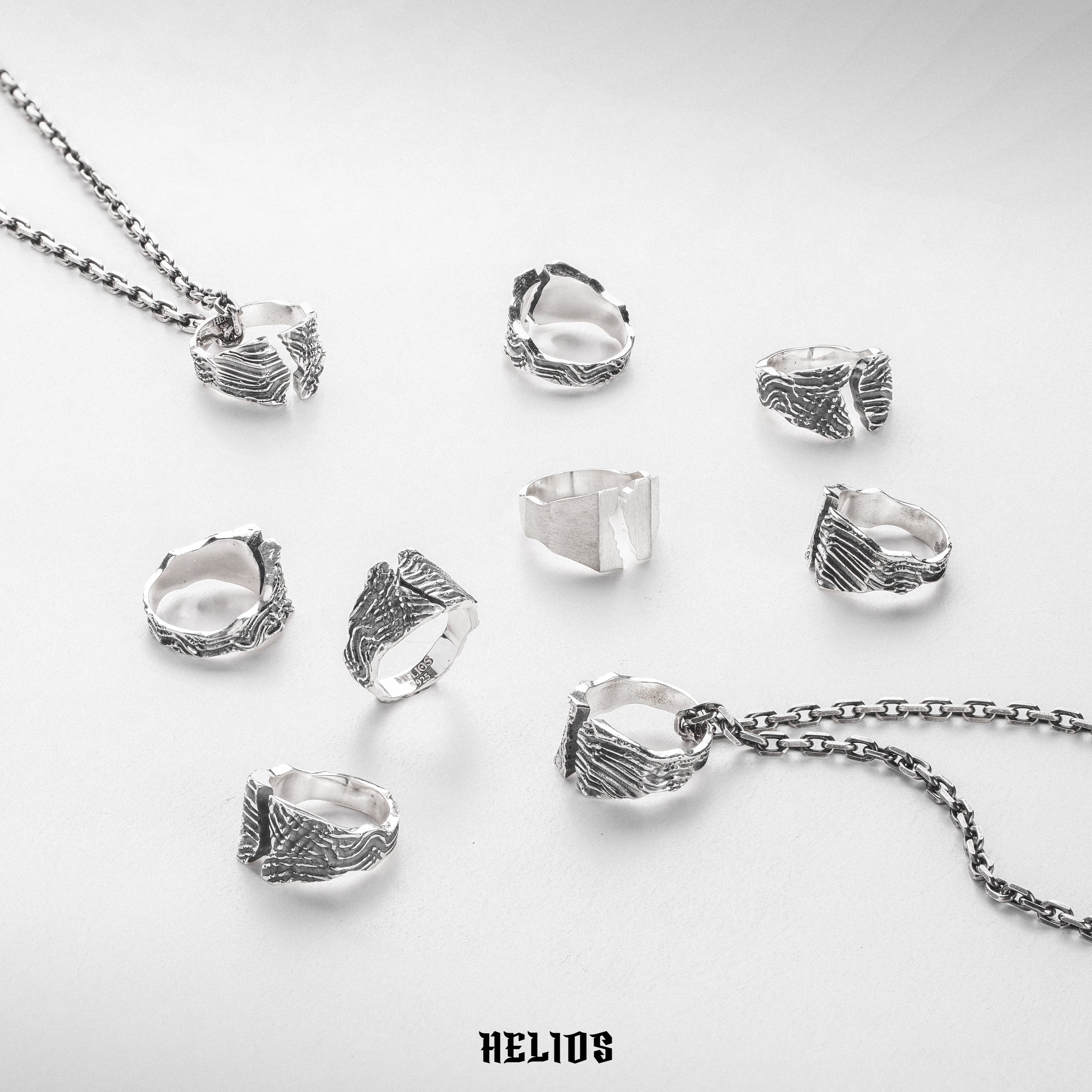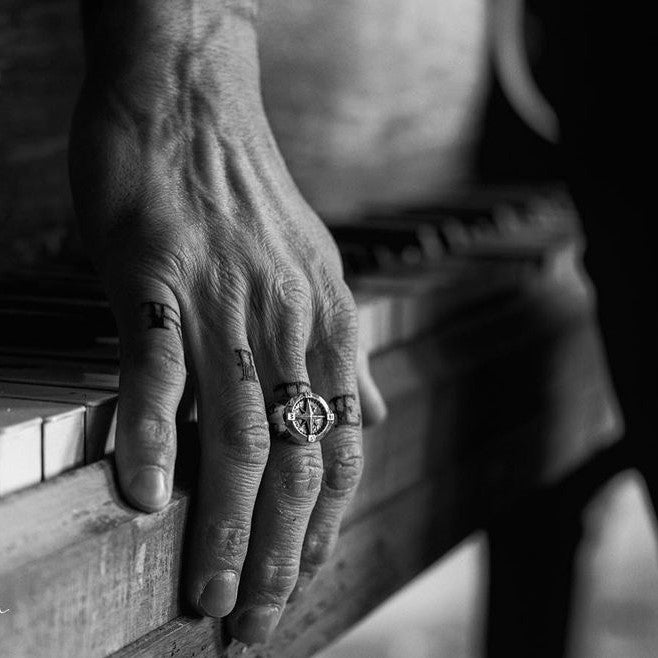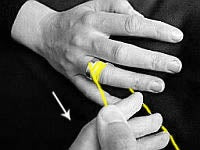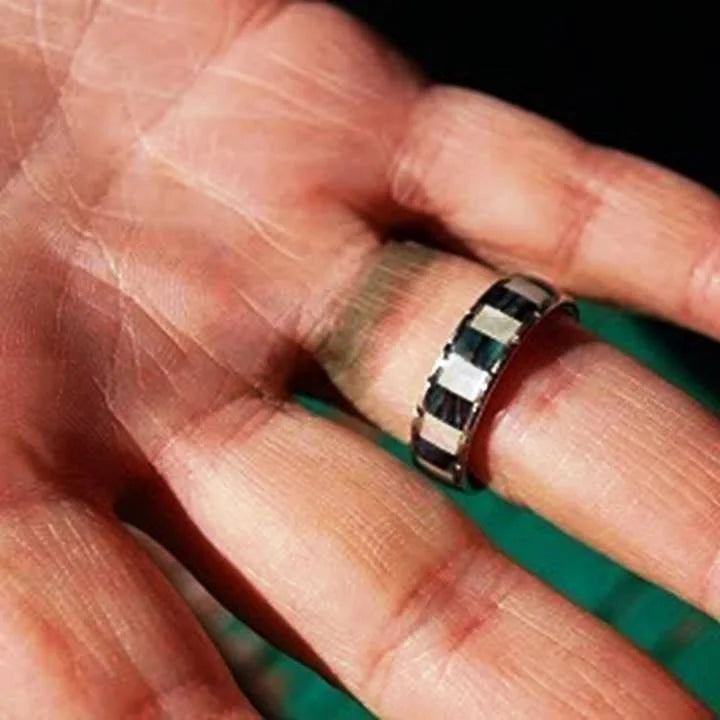When it comes to buying jewelry, silver is a popular choice due to its affordability and versatility. However, there are different types of silver available in the market, with 925 silver and pure silver being the most commonly used. While both may look similar, there are significant differences between the two. In this article, we will delve into the reasons why choosing a 925 silver ring over a pure silver one is a better option.
What does S925 mean?
925 silver, also known as sterling silver, is an alloy made up of 92.5% silver and 7.5% other metals, usually copper. This composition is what gives 925 silver its name. Pure silver, on the other hand, is made up of 99.9% silver, making it a more expensive and purer form of silver. The addition of other metals in 925 silver makes it more durable and suitable for everyday wear, unlike pure silver, which is too soft and malleable.

Durability
One of the main reasons why 925 silver is a preferred choice over pure silver is its durability. As mentioned earlier, pure silver is too soft and prone to scratches and dents, making it unsuitable for daily wear. On the other hand, the addition of other metals in 925 silver makes it stronger and more resistant to wear and tear. This means that your 925 silver ring will last longer and maintain its shine and shape even with regular use.
Tarnish Resistance
Another advantage of 925 silver over pure silver is its tarnish resistance. Pure silver is known to tarnish easily when exposed to air and moisture, causing it to lose its shine and turn dull. This can be a hassle for those who prefer low maintenance jewelry. 925 silver, on the other hand, is less prone to tarnishing due to the presence of other metals, making it a more practical choice for everyday wear.
Versatility
925 silver is also a more versatile option compared to pure silver. The addition of other metals in its composition gives it a sturdier structure, allowing it to be crafted into various designs and styles. This means that you can find a wider range of 925 silver rings to choose from, whether you prefer a simple and classic design or a more intricate and unique one.
The Benefits of Choosing 925 Silver Rings
Now that we have discussed the composition and properties of 925 silver, let's dive into the benefits of choosing a 925 silver ring over a pure silver one.

Affordability
One of the main reasons why people opt for 925 silver over pure silver is its affordability. Pure silver is a rare and precious metal, making it more expensive than 925 silver. By choosing a 925 silver ring, you can get the same elegant and timeless look of silver jewelry without breaking the bank.
Hypoallergenic Properties
Another advantage of 925 silver is its hypoallergenic properties. As mentioned earlier, pure silver is too soft and malleable, making it unsuitable for crafting into jewelry on its own. This means that pure silver is often mixed with other metals, which may cause allergic reactions in some individuals. 925 silver, on the other hand, is less likely to cause allergies as it is usually mixed with copper, which is a hypoallergenic metal.
Easy Maintenance
925 silver is also easier to maintain compared to pure silver. As mentioned earlier, pure silver is prone to tarnishing, which requires regular cleaning and polishing to maintain its shine. On the other hand, 925 silver is more resistant to tarnishing, meaning you can enjoy your jewelry without worrying about frequent maintenance.
How to Identify 925 Silver Rings
Now that you know the benefits of choosing a 925 silver ring, it is essential to know how to identify one when shopping for jewelry. Here are some tips to help you identify 925 silver rings:
- Look for a "925" or "Sterling" stamp on the jewelry.
- Use a magnet to test the metal. If it sticks, it is not pure silver.
- Check for any discoloration or tarnishing, as this is a sign of a lower silver content.
- Consult with a reputable jeweler for an expert opinion.
FAQs
What is the difference between 925 silver and pure silver?
The main difference between 925 silver and pure silver is their composition. 925 silver is an alloy made up of 92.5% silver and 7.5% other metals, while pure silver is made up of 99.9% silver.
Is 925 silver good quality?
Yes, 925 silver is considered good quality as it is durable, versatile, and affordable compared to pure silver.
Will 925 silver turn my skin green?
No, 925 silver is less likely to cause skin discoloration compared to other metals, making it a safe option for those with sensitive skin.
Can I shower with my 925 silver ring?
It is not recommended to shower with your 925 silver ring as exposure to water and chemicals can cause tarnishing and damage to the metal.
How do I clean my 925 silver ring?
To clean your 925 silver ring, use a soft cloth and mild soap and water. Avoid using harsh chemicals or abrasive materials, as they can damage the metal.
In conclusion, while both 925 silver and pure silver may look similar, there are significant differences between the two. Choosing a 925 silver ring over a pure silver one offers various benefits, including durability, affordability, and versatility. By understanding the composition and properties of 925 silver, you can make an informed decision when purchasing silver jewelry. So next time you're in the market for a new ring, consider opting for a 925 silver one instead of pure silver.
At Helios Global, we are proud to offer a wide selection of silver jewelry and accessories to help you achieve your desired style.






